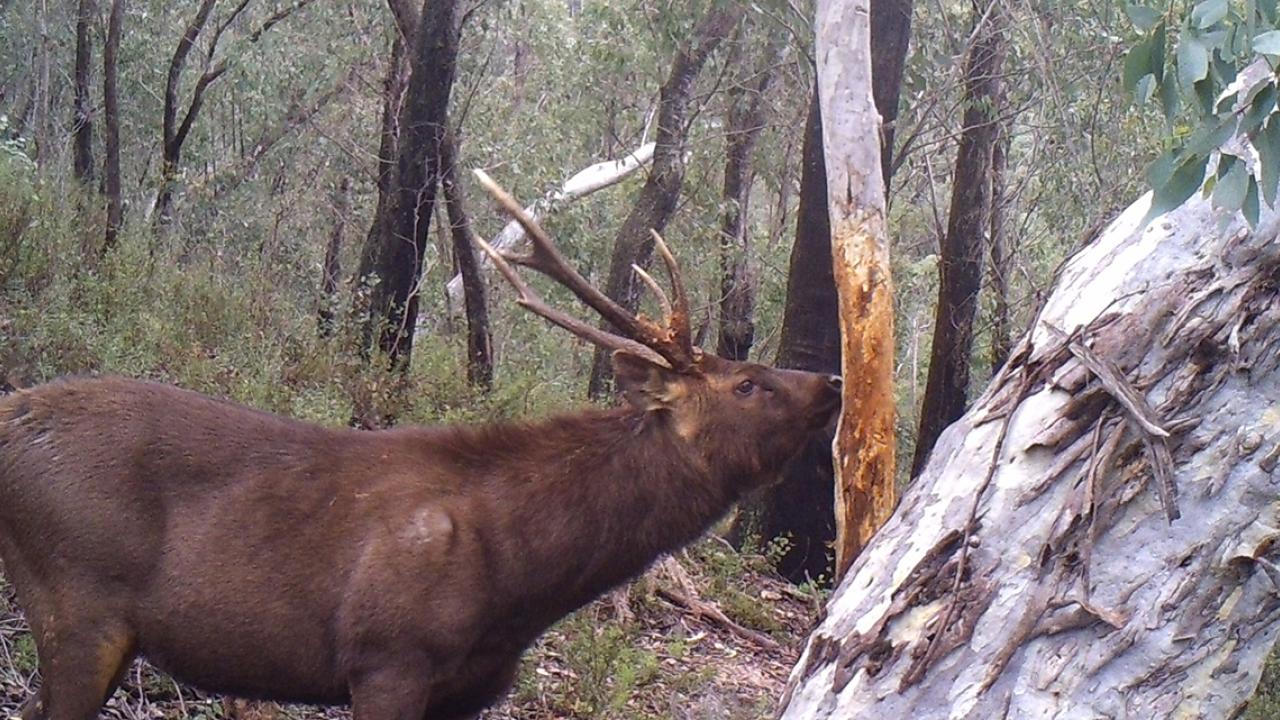Wake-up call on deer crisis

THE Invasive Species Council (ISC) has raised the alarm over the rate that invasive species are rapidly overtaking Tasmania’s unique wildlife and landscapes.
In the Tasmanian State of Environment report the council targeted the rate of growth of the fallow deer population and recommended removal of protections of deer from regulatory frameworks, including the Nature Conservation (Wildlife) Regulations 2023.
The report blames a lack of strategy, action and funding from the Tasmanian Government.
The report said that since 2009 all the high-threat pest species assessed in Tasmania had increased, with 41 additional species added to the endangered or threatened list since 2002.
The report revealed that since fallow deer were introduced to Tasmania in 1836, their population has increased to more than 80,000 and they now occupy 27 per cent of Tasmania’s landscape.
According to the report, fallow deer have a large impact on natural and wilderness values and their grazing pressure has significantly impacted ecosystem structure, threatened species, and increased competition with native marsupial grazers.
ISC Tasmanian conservation officer Dr Tiana Pirtle said the report should serve as a wake-up call for the Tasmanian Government.
“The recent State Budget doesn’t reflect the commitment needed to tackle these invasive species issues,” she said.
“The ball is now in the government’s court to take this opportunity to make a real impact and adopt these recommendations.”
The report highlights the critical funding gaps that have allowed this crisis to spiral out of control. In response, the Tasmanian Planning Commission recommended that the Tasmanian government:
- Continues support of the implementation of the Tasmanian Wild Fallow Deer Management Plan 2022–2027.
- Develops and implements a strategy for the control of feral cats.
- Regularly reviews programs dealing with biosecurity matters and invasive species to ensure the programs are properly resourced, strengthened, and prioritised; and
- Receives regular reports on the state of biosecurity and invasive species.
Dr Pirtle said the report confirmed that invasive species were on the rise and posed an unprecedented threat to Tasmania’s wildlife.
“It is appalling to see 100 per cent of high-threat pest species assessed in this report, including feral deer, cats and foxglove, have increased since 2009,” she said.
“This is the result of the Tasmanian Government, which has allowed pests, weeds and diseases to proliferate in national parks and the World Heritage Area,” she said.
“Tasmania is a remarkable island, with native wildlife found nowhere else on earth and has highly valued agriculture, forestry and tourism sectors.
“It’s absurd that in Tasmania feral deer are still protected by law rather than treated as a serious invasive threat.”
Shooters Farmers and Fishers Party secretary Phillip Bigg suggested an alternative approach by involving recreational hunters more actively, rather than simply removing their protections.
“With the aerial culling there were millions of dollars spent on something that if they involved hunters we could have achieved better,” Mr Bigg said. “Those culls were unethical and it was a waste of resources, it was an absolute disgrace.
“We understand there are problems but let’s look at solutions and not just blanket ban everything.”
TasFarmers president Ian Sauer voiced his concerns regarding the economic impact of invasive species, particularly fallow deer, which he described as causing significant damage to agricultural operations.
“There are huge economic losses from deer through fences, infrastructure, grass, crops and plantations and they also create damage on farmers conservation blocks,” he said.
“The State of Environment report could be an excellent document not only for land managers but for the general community to understand what is happening across the landscape over periods of time but the problem we’ve got in Australia is that we don’t have any validated baseline data on the conditions of our landscapes.
“The reason why we don’t is because we’re not using standardised metrics to measure the conditions of our landscape.” Mr Sauer said that without reliable baseline data, it was challenging to measure progress effectively.
He stressed the importance of farmers demonstrating Tasmanian conservation efforts.
“Farmers manage 70 per cent of the landscape so it is really important for the farming community to be able to demonstrate to the general community that what we are doing on farm is actually improving the landscape,” he said.
“Farmers are doing new cropping techniques, using less chemicals, fencing off waterways, they’ve got shelter belts, biodiversity blocks yet the trouble is none of that is captured.”




Add new comment
Comments
Wild fallow deer
So many inaccuracies in this article.
The photo isn’t a wild fallow deer.
Wild fallow deer numbers in the state are only about 50,000, as determined by a government count survey . Another count is due to start soon.
Fallow deer are not a feral animal that’s deliberate bullshit propaganda by ISC
The World Organisation of Animal Health provides the following definition:
“Wildlife” will be defined as animals belonging to one or more of the following groups:
i) Wild animals: Those animals that do not live under human supervision or control and do not have their phenotype selected by humans.
ii) Captive wild animals: Those animals that live under human supervision or control but do not have their phenotype selected by humans.
iii) Feral animals: Those animals that do not live under human supervision or control but do have their phenotype selected by humans.
Virtually all deer in Australia are wild by this authoritative definition.